Anti-fungal effect of whole grain corn meal
strawchicago z5
10 years ago
Featured Answer
Sort by:Oldest
Comments (14)
strawchicago z5
10 years agostrawchicago z5
10 years agoRelated Professionals
Deer Park Landscape Architects & Landscape Designers · Fort Lee Landscape Architects & Landscape Designers · Saint Charles Landscape Architects & Landscape Designers · Milford Landscape Contractors · Alamo Landscape Contractors · Blue Springs Landscape Contractors · Framingham Landscape Contractors · Mason Landscape Contractors · Middletown Landscape Contractors · Muttontown Landscape Contractors · North Potomac Landscape Contractors · Post Falls Landscape Contractors · Rio Linda Landscape Contractors · Watertown Landscape Contractors · Hawaiian Gardens Landscape Contractorsstrawchicago z5
10 years agostrawchicago z5
10 years agostrawchicago z5
10 years agoerin1000
10 years agostrawchicago z5
10 years agostrawchicago z5
10 years agojc_7a_MiddleTN
5 years agoVaporvac Z6-OhioRiverValley
5 years agoVaporvac Z6-OhioRiverValley
5 years agoVaporvac Z6-OhioRiverValley
5 years agolast modified: 5 years ago
Related Stories

KITCHEN APPLIANCES9 Places to Put the Microwave in Your Kitchen
See the pros and cons of locating your microwave above, below and beyond the counter
Full Story
MOST POPULAR7 Ways to Design Your Kitchen to Help You Lose Weight
In his new book, Slim by Design, eating-behavior expert Brian Wansink shows us how to get our kitchens working better
Full Story
MOST POPULAREasy Green: 23 Ways to Reduce Waste at Home
Pick from this plethora of earth-friendly ideas to send less to the landfill and keep more money in your pocket
Full Story
KITCHEN DESIGNKitchen Recipes: Secret Ingredients of 5 One-of-a-Kind Cooking Spaces
Learn what went into these cooks’ kitchens — and what comes out of them
Full Story
FRONT YARD IDEAS10 Ideas for a Front-Yard Edible Garden Your Neighbors Will Love
Choosing attractive, well-mannered plants and sharing the bounty will go a long way toward keeping the peace
Full Story
KITCHEN DESIGN16 Practical Ideas to Borrow From Professional Kitchens
Restaurant kitchens are designed to function efficiently and safely. Why not adopt some of their tricks in your own home?
Full Story
HOUSEKEEPING20 Things You Might Be Forgetting to Spring-Clean
Clean these often-neglected areas and your house will look and feel better
Full Story
GREEN BUILDINGThe Big Freeze: Inventors Break New Ground to Keep Things Cool
Old-fashioned fridges can be energy guzzlers, but there are more eco-friendly ways of keeping food fresh, as these global innovations show
Full Story
BATHROOM DESIGNHow to Choose the Right Bathroom Sink
Learn the differences among eight styles of bathroom sinks, and find the perfect one for your space
Full Story
PETSDealing With Pet Messes: An Animal Lover's Story
Cat and dog hair, tracked-in mud, scratched floors ... see how one pet guardian learned to cope and to focus on the love
Full StorySponsored
Columbus Area's Luxury Design Build Firm | 17x Best of Houzz Winner!
More Discussions






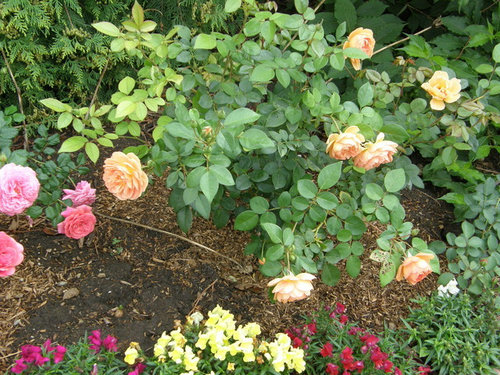
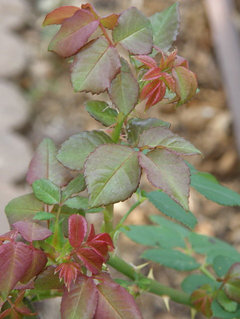


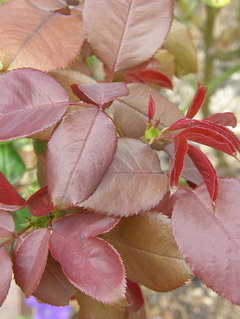
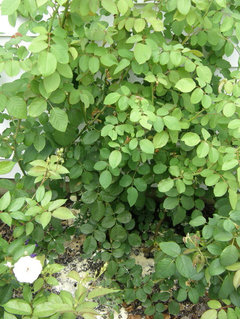



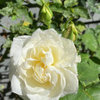
jc_7a_MiddleTN